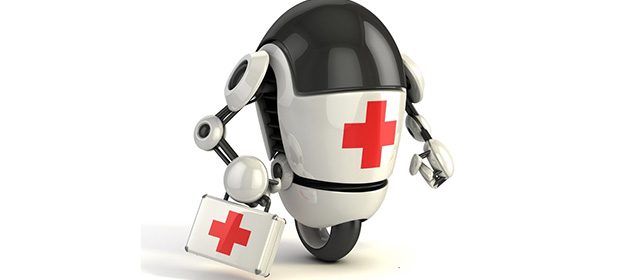The Wall Street Journal has an interesting article about the increasing sophistication of personal apps on your electronic device to help monitor and treat conditions such as diabetes, COPD, CHF, and hypertension. Although not a new idea by any means, the concept of self-monitoring with apps is getting more sophisticated. Instead of simply entering data and tracking numbers, many of these apps are fusing with body sensors, directing linking with health care systems and doctors, and applying algorithms to optimize compliance with medications, and to produce early warning alerts prompting interventions that might ultimately keep people out of the hospital.
The WSJ cites developments in several disease models:
Diabetes – this condition exists along a continuum. Type 1 diabetes requiring extremely vigilant monitoring and anticipation of insulin needs multiple times a day; whereas a mild case of adult Type 2 diabetes may require attention to lifestyle and diet alone, with monitoring of HBA1c levels every three to six months. Apps are similarly available along a continuum of lifestyle coaching, from vital signs and activity monitoring, to intensive blood sugar monitoring with feedback to help determine insulin requirements.
Although the Wall Street Journal reports on several studies showing improved patient outcomes, it would be interesting to see if such intense monitoring of activities and diet leads to a reduction in quality of life. Some people thrive on having their fitbit measure their daily activity. But others feel such monitoring is intrusive, a burden, and down right depressing. Other studies have shown the opposite, namely that monitoring blood glucose levels may improve mood scores, and add a sense of control.
Heart Disease : The WSJ reviews some programs such as one for patients undergoing cardiac rehabilitation after suffering a heart attack. Once again, the results of vital signs, activity, and lifestyle monitoring seem positive in terms of better outcomes and functional status after a typical period of rehab. The cardiologist quoted does bring up a sensible goal, that such intensive monitoring be used during an initial, educational and highly structured period to get people on the right track. But then as their health improves and the conditions are better understood and accepted, the patients graduate to less structured self care and self-monitoring.
All of this does bring up important questions:
At what point does all this monitoring and surveillance become intrusive?
In the social media era, we have had a serious erosion of privacy and personal boundaries. How much self awareness and self measurement and reporting do we tolerate before wanting to rip everything off and run wildly through open fields?
The “pill for every problem” assumption that guides the medical/pharma complex of today’s healthcare system may soon be joined by the “app for every problem.” Is this more empowering than burdensome? Does is lead to uniform dependence on one size fits all treatment approaches, or does it liberate more patients from dependence on doctors, pills, and a vast amount of knowledge they simply have to trust their doctors are relying upon.
With the anticipated ubiquitousness of sensors, penetrating, riding, and floating around the human body in the coming decades, what will the integrity of the human body amount to? Are we simply phenomena like the weather to be tracked, predicted, and engineered? Will the increasing alarms and whistles signaling problems and suboptimal statuses soon fill our minds like a the beeping of an open refrigerator door?
Answers to such questions will be different for each person, and I suspect that generational lines will define much of the degree of acceptance of health care apps. With the future of mankind fusing with inorganic technologies, it seems the infrastructure for monitoring the cyborg machines future humans may become is already developing with these support tools for the still-organic, early 21st century human.
The companies developing such apps, linking them with healthcare systems and populations, figure to rise in the ranks of prominent corporations featured in the Wall Street Journal as well, as the one segment of our future economic model that seems sure to generate productivity of some sort will be tending to human health.
Until its all just robots.

